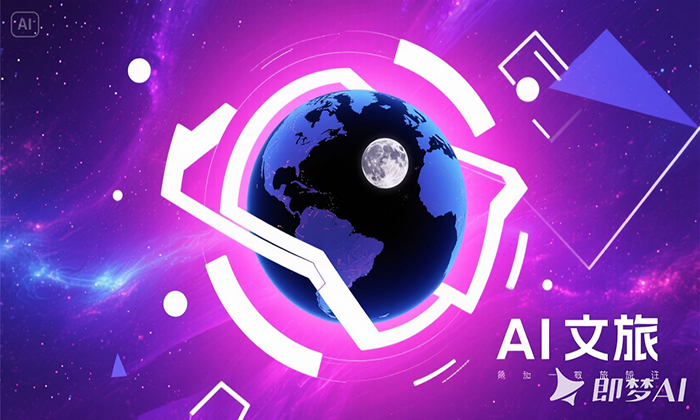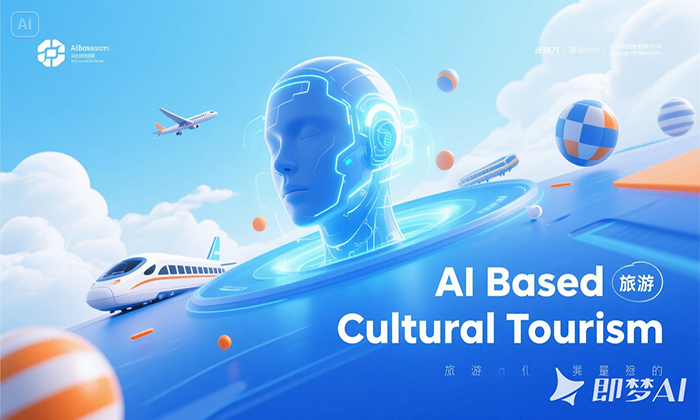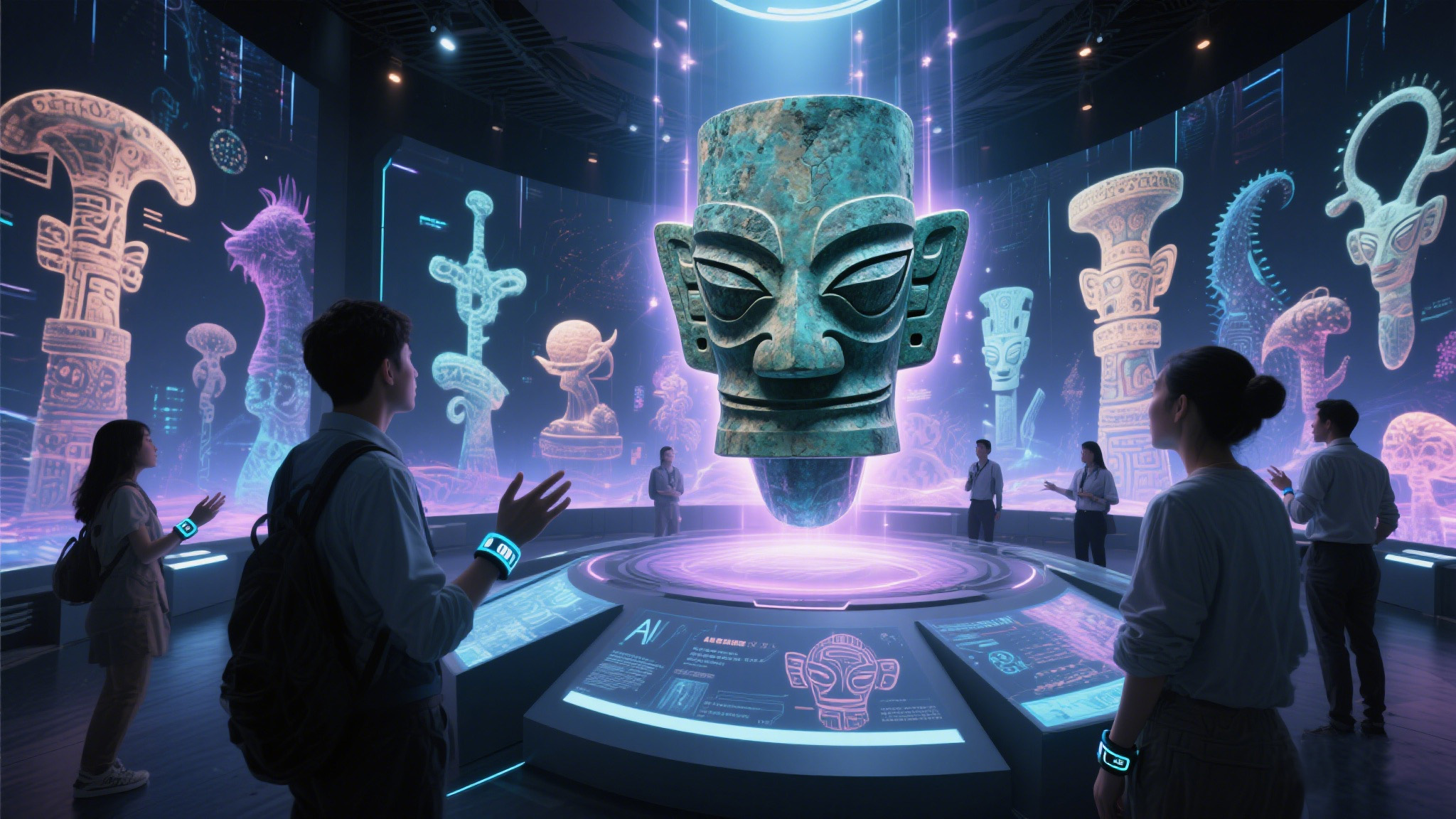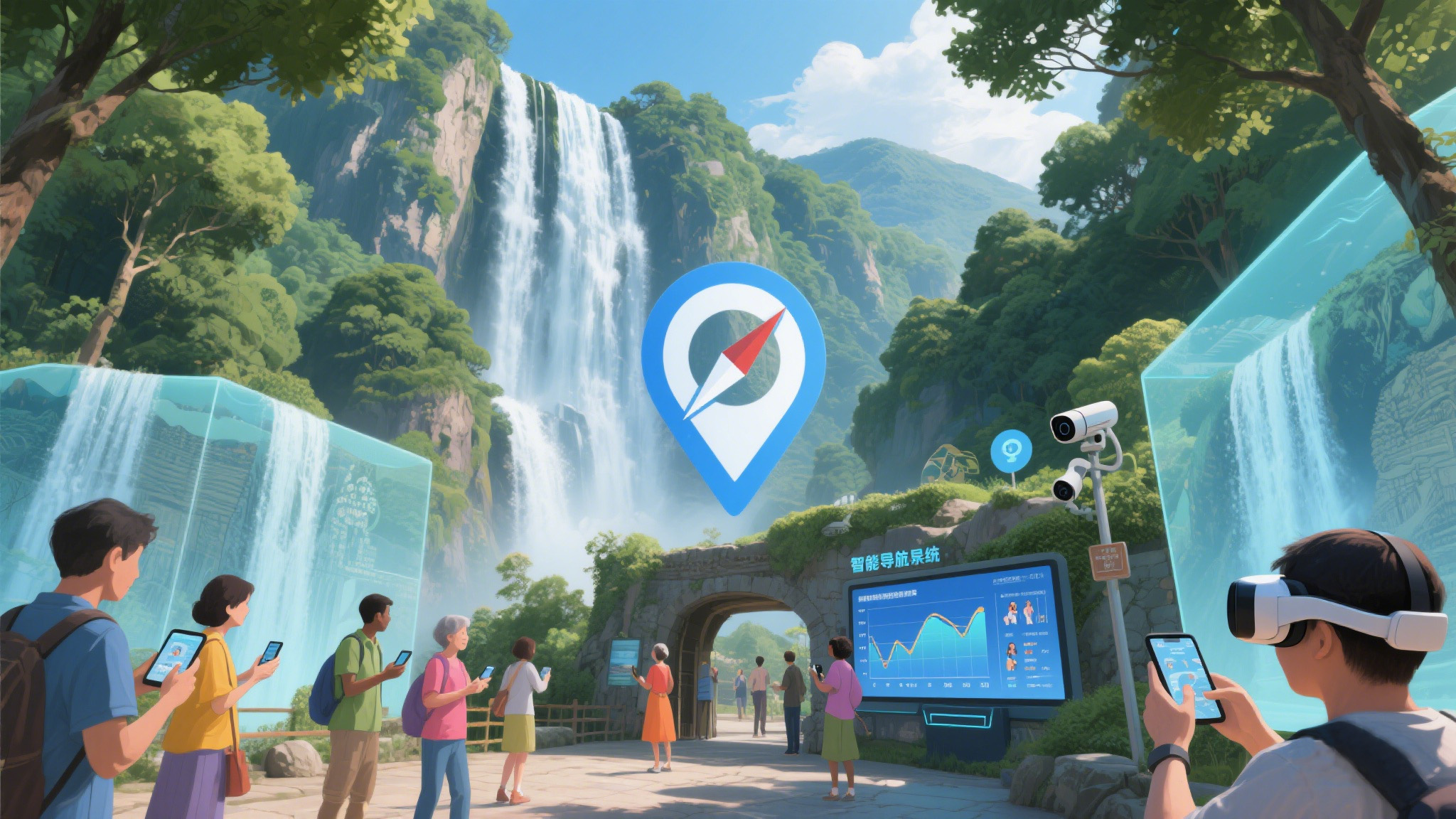Artificial Intelligence in Cultural Tourism: Bridging Tradition and Innovation
小薇 2025-06-05
In today's rapidly evolving world, artificial intelligence (AI) is transforming various industries, including cultural tourism.
Artificial Intelligence in Cultural Tourism: Bridging Tradition and Innovation
In today's rapidly evolving world, artificial intelligence (AI) is transforming various industries, including cultural tourism. By leveraging advanced technologies, AI enhances visitor experiences while preserving the authenticity of historical sites and traditions. Below, we explore key applications, benefits, and challenges associated with AI in cultural tourism.Introduction
Cultural tourism involves exploring destinations rich in history, art, and tradition. As travelers increasingly seek immersive experiences, AI offers innovative solutions to deepen connections between visitors and their surroundings. Through data analysis, machine learning, and automation, AI helps create personalized journeys that cater to individual preferences.Key Applications of AI in Cultural Tourism
- Personalized Recommendations
AI-driven recommendation systems analyze traveler profiles and past behaviors to suggest custom itineraries. For instance, a history enthusiast might receive suggestions for ancient ruins or museums, while a food lover could be directed toward local culinary hotspots. - Virtual Guides and Augmented Reality (AR)
Virtual guides powered by AI provide real-time information about attractions, enhancing engagement through storytelling. When combined with AR, these guides overlay digital content onto physical environments, bringing historical narratives to life. - Multilingual Support via NLP
Natural Language Processing (NLP) enables seamless communication across languages. Chatbots and voice assistants equipped with NLP capabilities assist tourists with queries related to directions, accommodations, and local customs. - Crowd Management Using Predictive Analytics
Predictive models analyze historical foot traffic patterns to anticipate peak times at popular venues. This allows operators to manage crowds effectively, ensuring safety and improving overall visitor satisfaction. - Feedback Collection via Sentiment Analysis
Sentiment analysis tools process reviews and social media posts to gauge public opinion about cultural sites. These insights help organizations refine services and address common concerns.
Challenges and Considerations
While AI brings significant advantages, several challenges must be addressed:- Data Privacy: Ensuring sensitive traveler information remains secure is paramount. Transparent policies and robust encryption mechanisms are essential.
- Ethical Concerns: Striking a balance between technological innovation and cultural preservation is crucial. Over-reliance on AI may dilute authentic experiences.
- Technological Barriers: Implementing AI solutions requires substantial investment in infrastructure and training, which smaller organizations may struggle with.
Conclusion
AI presents unparalleled opportunities to elevate cultural tourism experiences. By integrating cutting-edge technologies like predictive analytics, NLP, and AR, we can craft unforgettable adventures for global explorers. However, mindful integration remains vital to safeguard cultural heritage and respect local traditions.As someone working in the technical center, your role in testing and validating these AI solutions plays a critical part in ensuring they meet both functional and ethical standards. Your expertise contributes directly to creating enriching experiences for travelers worldwide.If you'd like me to expand on any specific section or include additional examples, feel free to let me know!Let me know if you'd also like accompanying visuals or more detailed explanations!
















